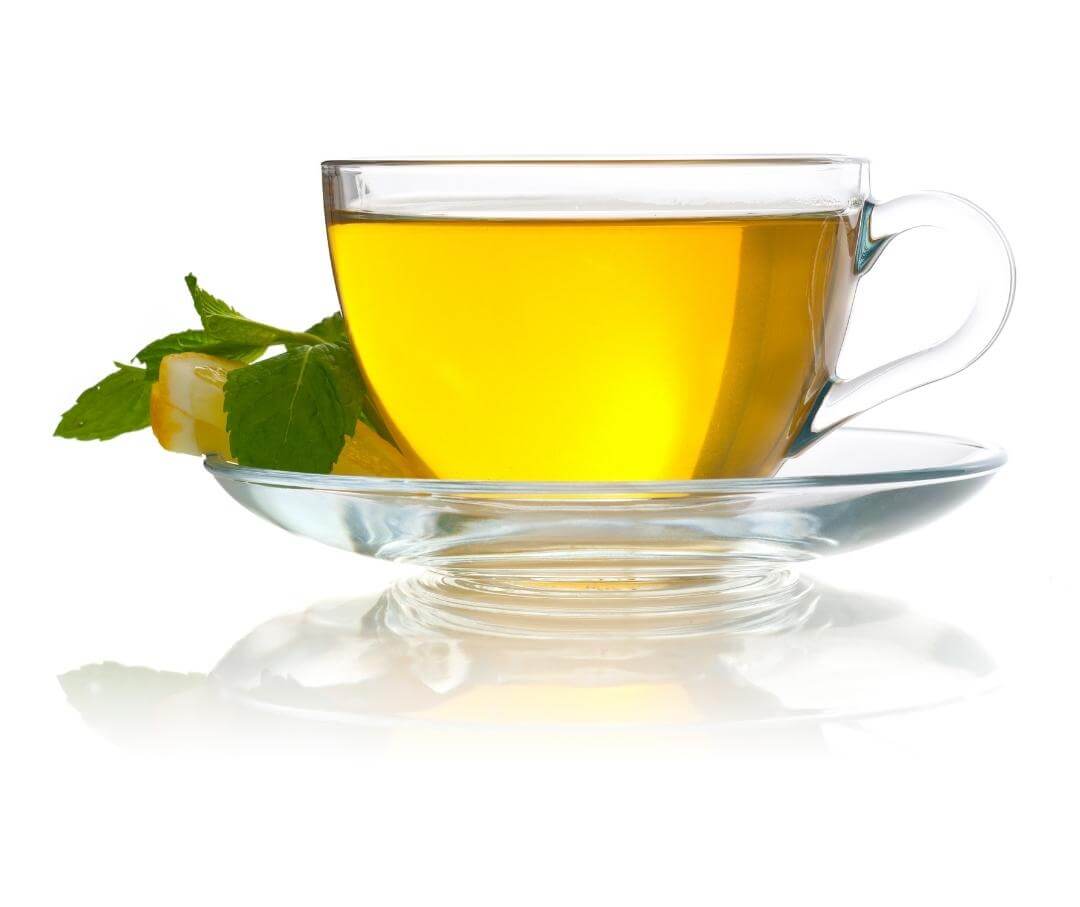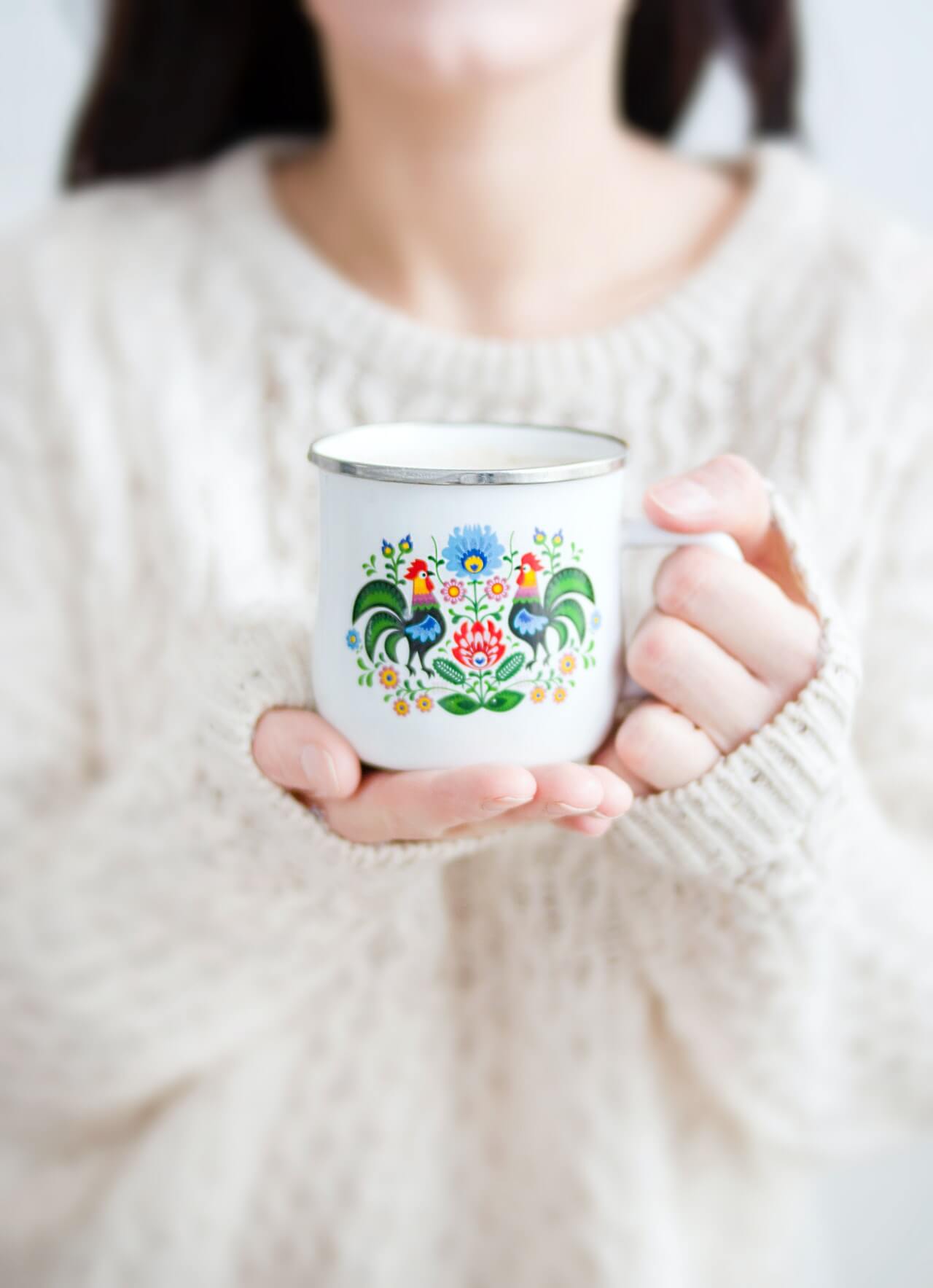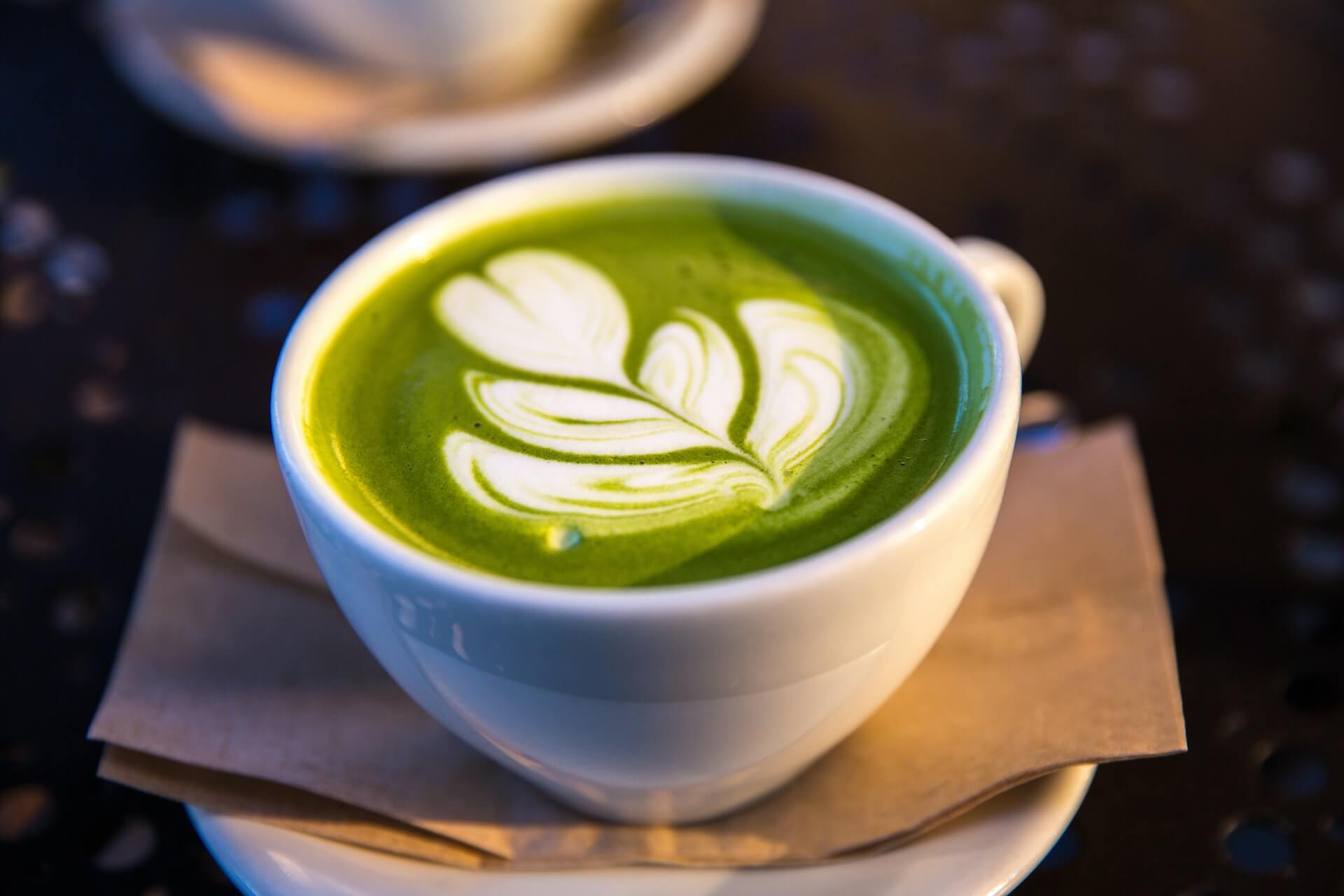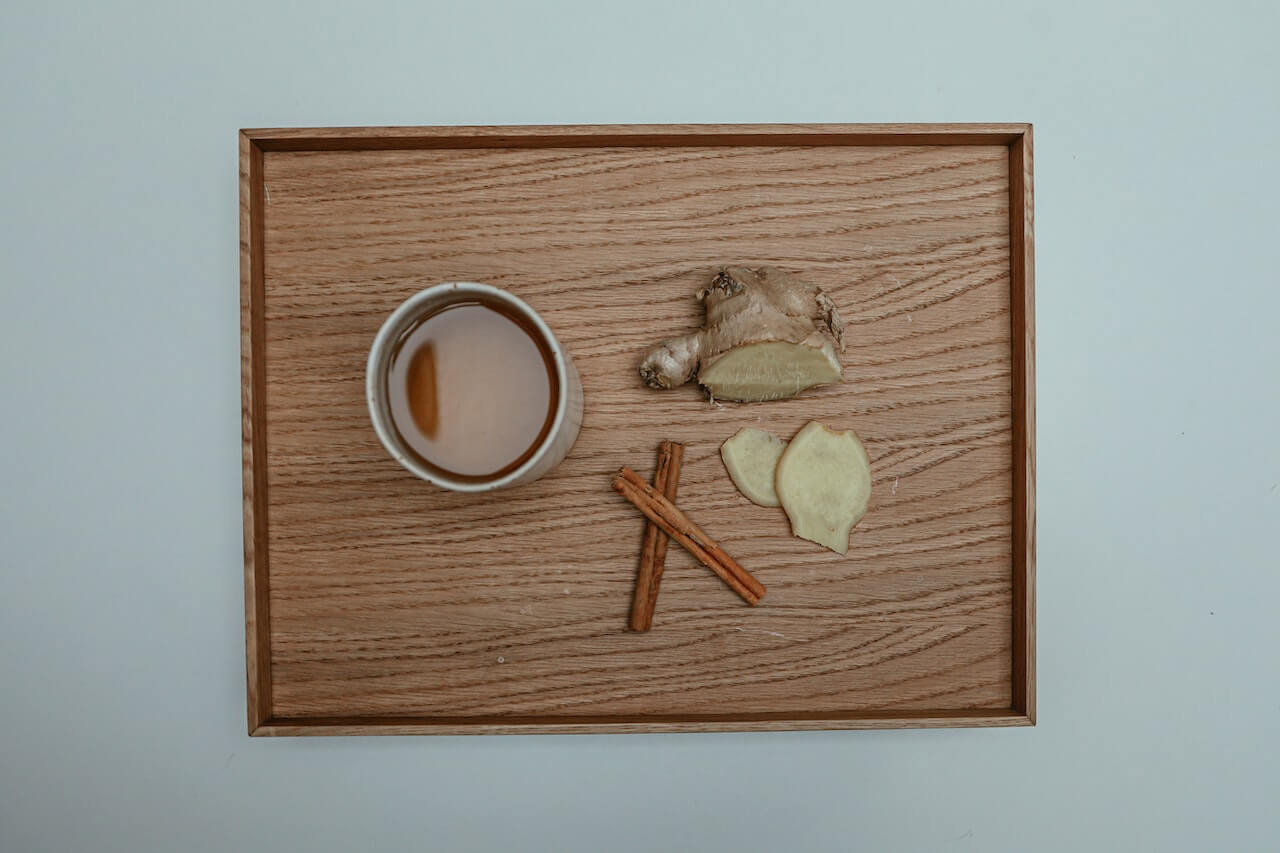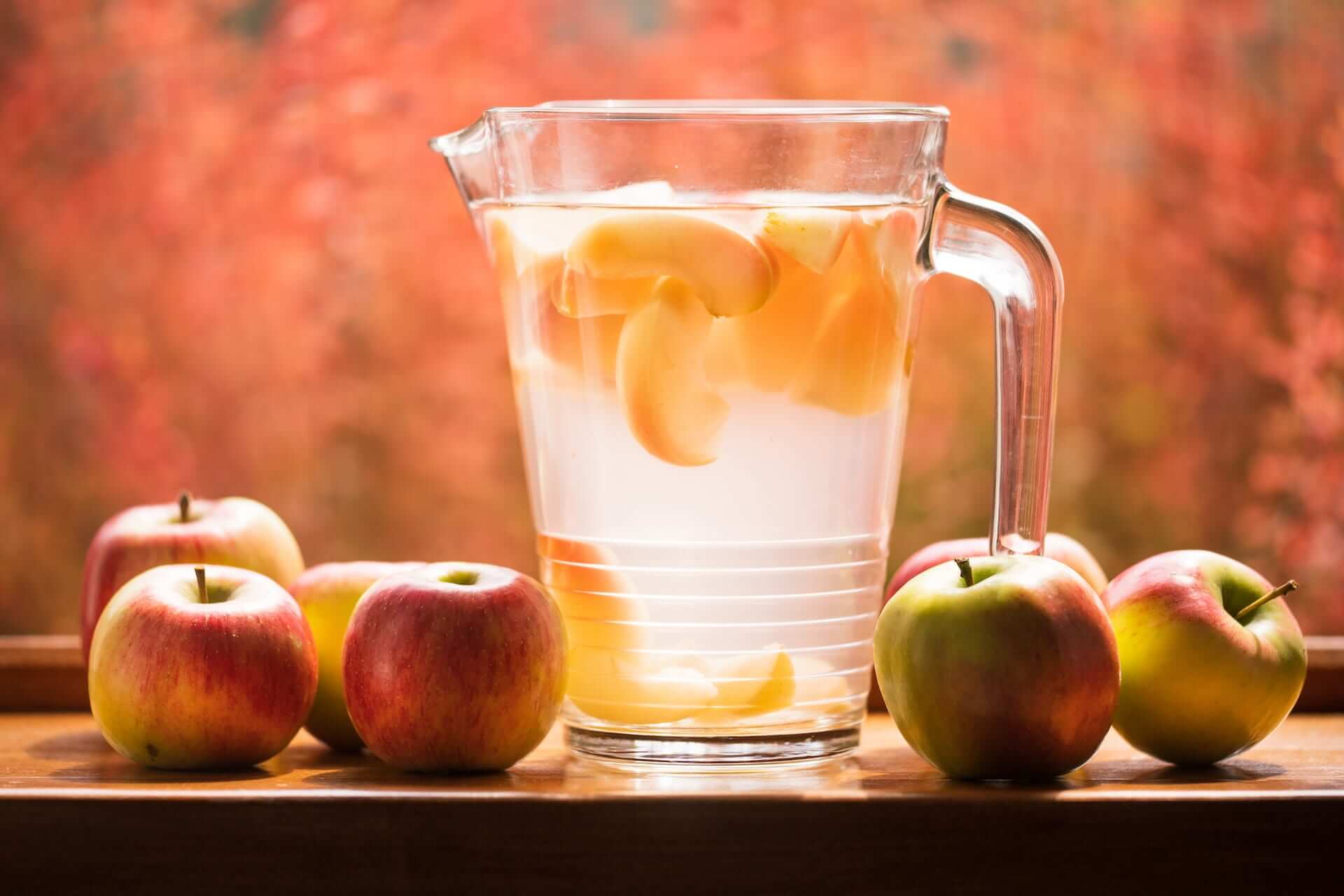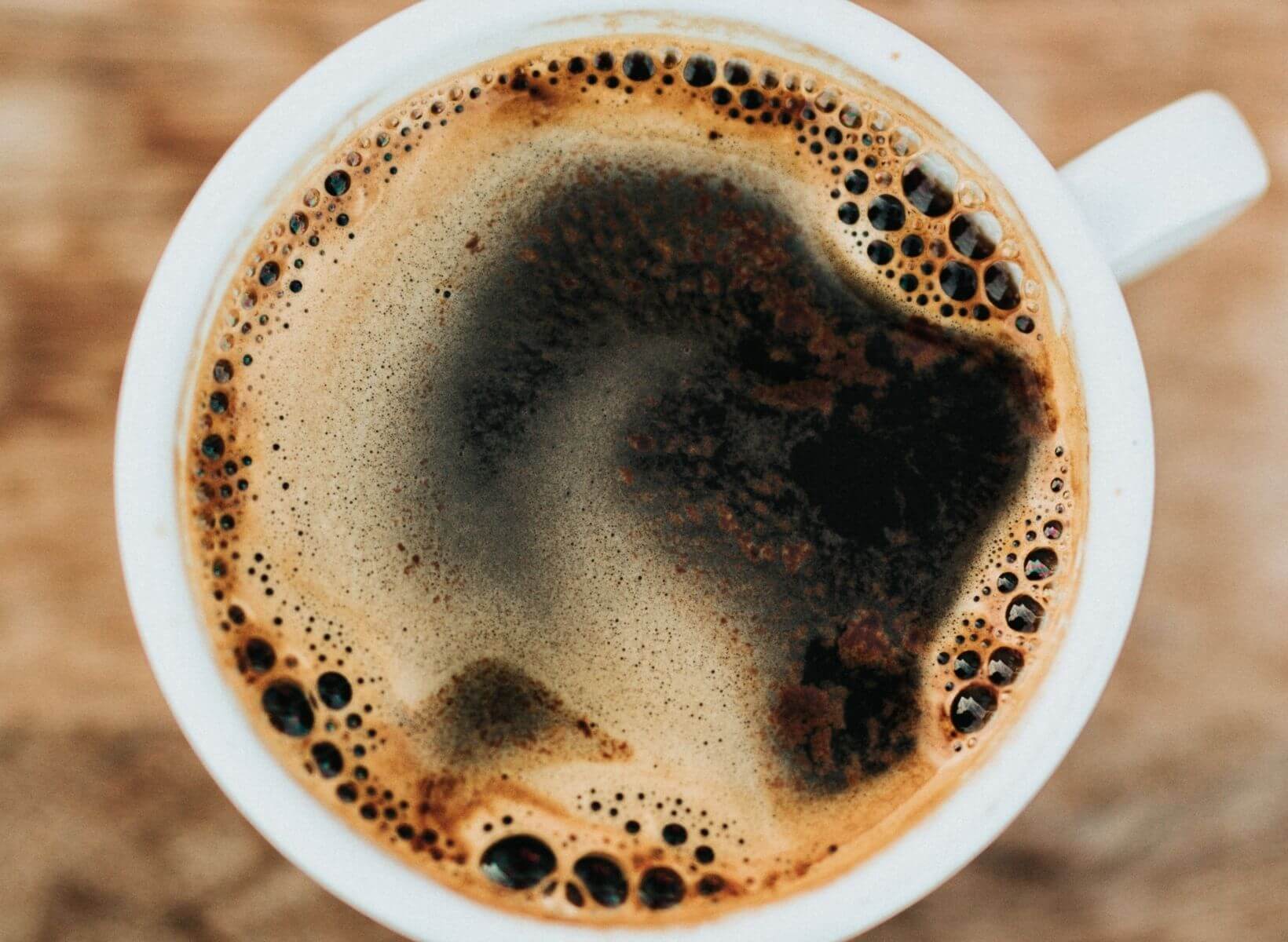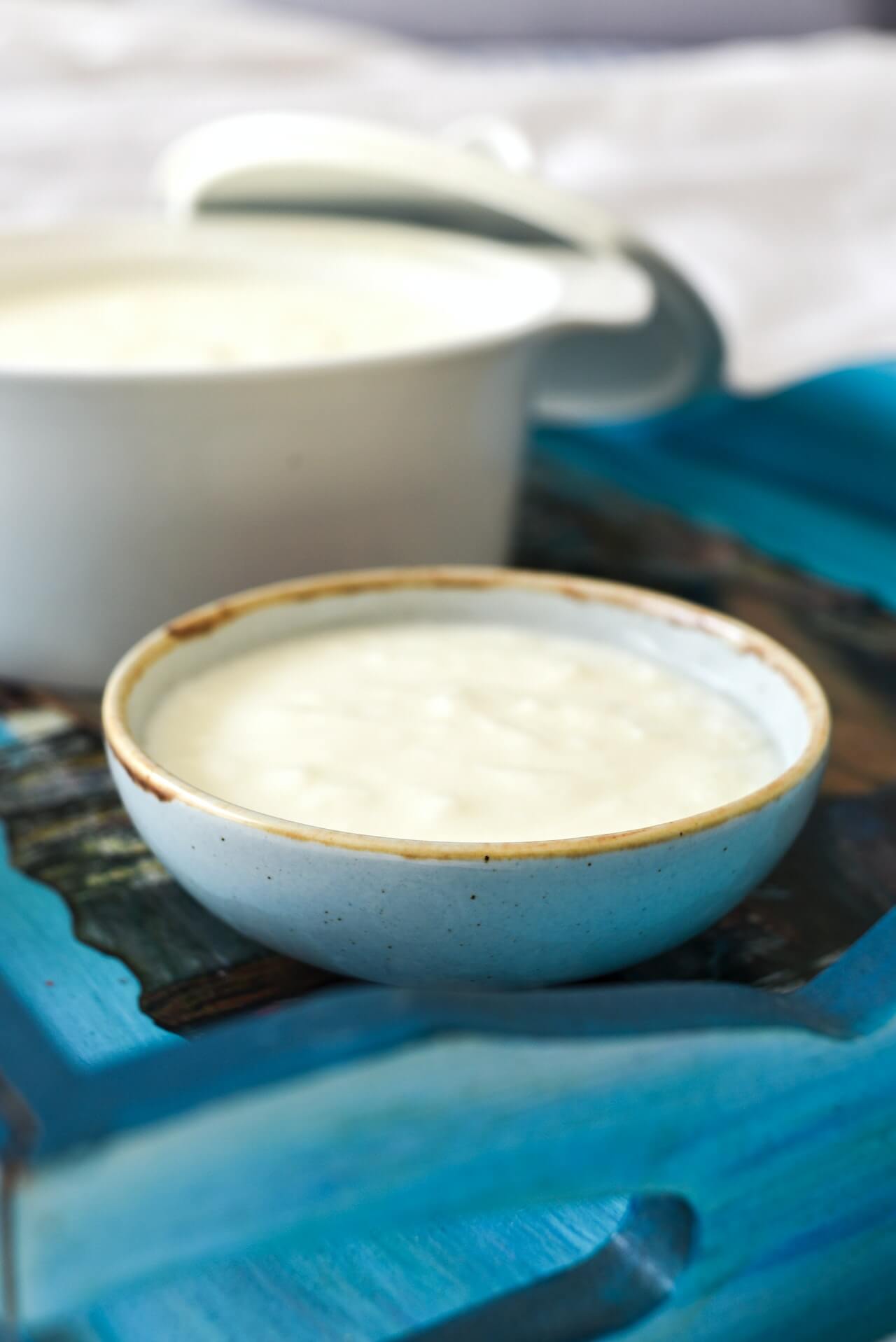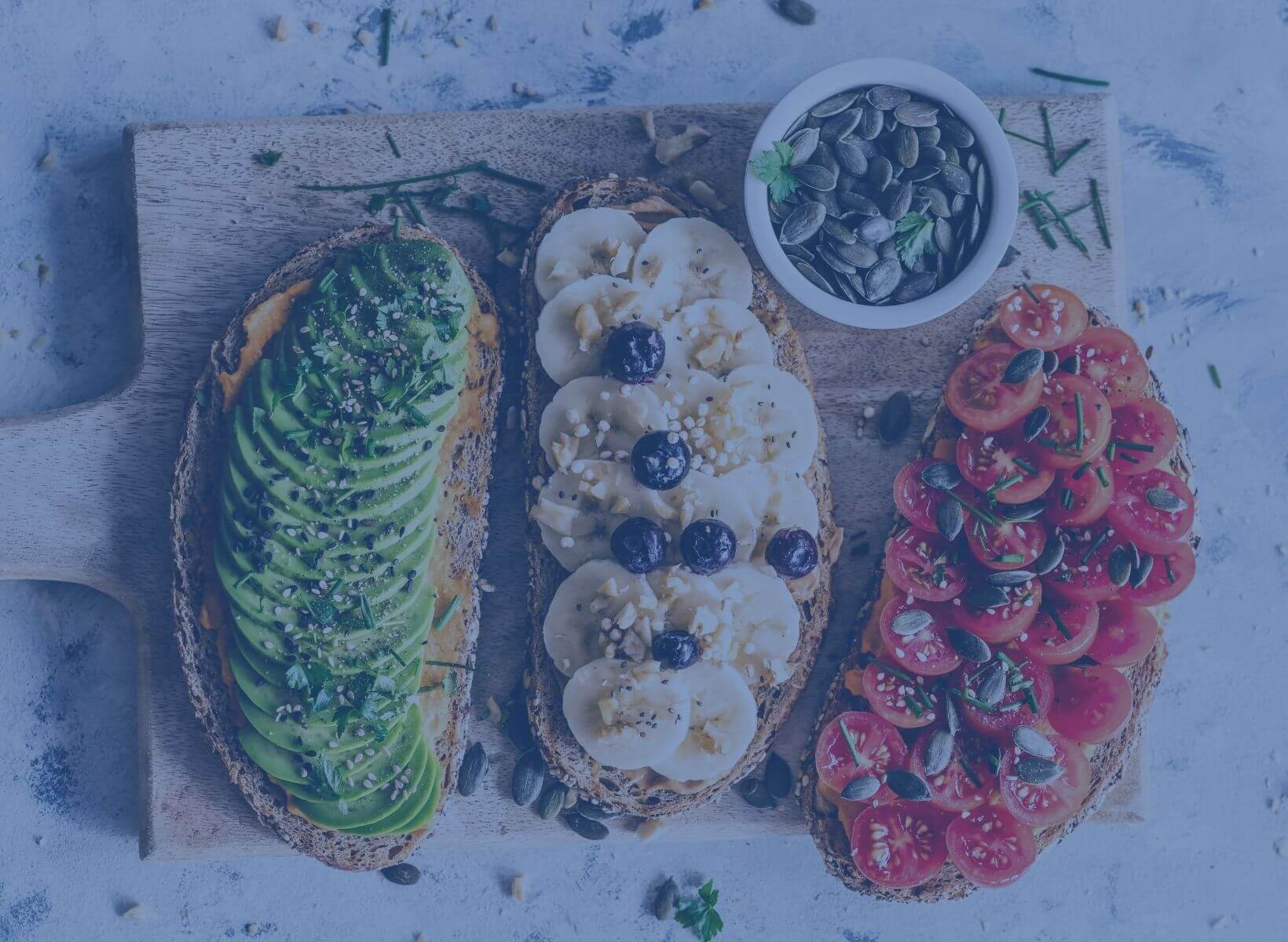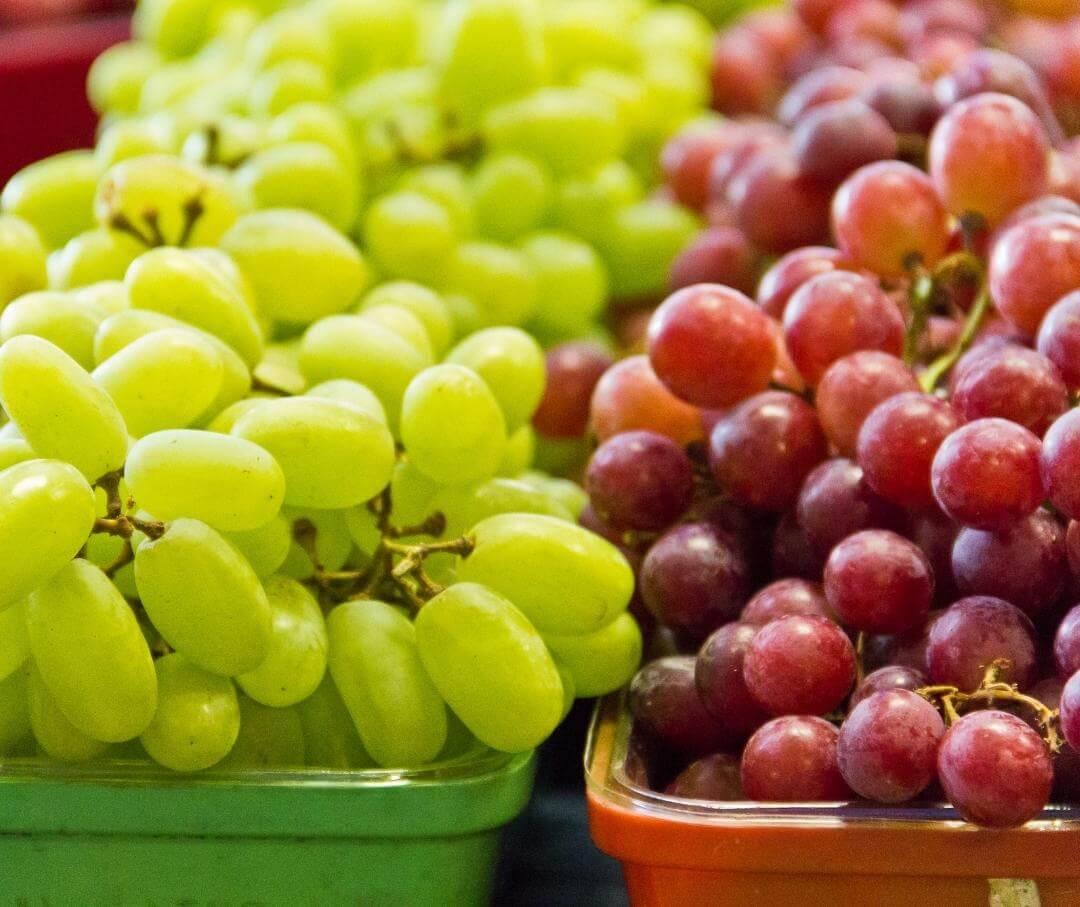This refreshing and nutty-flavored tea has been used for centuries in many Asian counties. Barley tea is best known and enjoyed for its many purported health benefits, but it is also a light and refreshing drink that many people drink instead of water and soda.
It is simple to make and keeps in your refrigerator so you can grab a glass whenever the mood strikes.
We’ll look at the history of barley tea, its potential health benefits and side effects, and discover how to make your own brew at home to enjoy.
What is Barley Tea?
Barley tea is a clear, light, refreshing beverage enjoyed throughout the day in many Asian countries. It has been used for centuries for refreshment and is believed to have several health benefits. It is made from roasted barley grains and water and is easily made at home.
Barley is a whole grain that comes from the grass family. The barley grain is a seed from grass that is dried and processed. Evidence shows that people have eaten and drank foods made from barley since 8000 BC.1 This whole grain is rich in fiber, beta-glucan, and antioxidants.
This clear tea is made by boiling roasted barley grains in water, which are then removed. Because the kernels are roasted before brewing, they have a tough outer shell that prevents the starch in the barley from leaching into the tea, leaving a clear and starch-free drink. It can be enjoyed hot or cold, but most people prefer to enjoy it chilled and find it refreshing, especially on hot and humid summer days.
Technically, barley tea is a tisane rather than tea. A tisane is a caffeine-free infusion of herbs or fruits like lemon. Many are also made with flowers like lavender, roots, and grains like barley.2
Barley tea is popular in South Korea (boicha) and is often enjoyed with meals instead of water. It is also extremely popular in Japan (mugicha) and China (damai chai). Because it is caffeine-free, many people drink it throughout the day.
{{mid-cta}}
Barley Tea Nutrition Facts
The nutritional content of barley tea is generally unknown, but available research shows it contains some antioxidants. Like other tisanes, it may also have some of the same nutrients found in barley, just in very small amounts that likely have little impact on our health.
Below is an overview of the nutrition facts for barley tea sold in the US.
Calories
Barley tea is likely calorie-free or very low in calories as the roasted barley is removed from the tea and discarded and what is left is essentially flavored water. Some people will add sweeteners to the tea as it may have a slightly bitter aftertaste, but many enjoy it plain for its nutty flavor.
Carbs
While barley is high in carbohydrates, the tea likely retains little carbs in the whole grain. Most barley teas are labeled as having 0 grams of carbohydrates. Some barley teas are blended with other ingredients, such as corn or soybeans, giving them a slightly sweeter flavor. These teas may contain some carbohydrates from these other added ingredients.
Fiber
While the barley grain is rich in fiber, especially beta-glucan, there is likely little fiber remaining in the tea once the grains are removed.
Sugar
Pure barley tea has little natural sugar remaining once it is brewed and drained. However, many people add sweeteners to smooth out its slightly bitter flavor.
Protein
While the whole barley grain contains protein, barley tea has little to no protein.
Fat
Barley tea contains no fat.
Calcium
While barley water contains some calcium, most barley tea is labeled as having no calcium. The difference is likely due to how the products are made. Barley water is made from unroasted barley, while tea is made from roasted barley with a tough outer coating. That coating likely prevents the minerals from leaching into the water.
Iron
As with calcium, barley tea likely contains no iron.
Caffeine-free
One of the primary benefits of barley tea is that it is caffeine free. As a result, many people enjoy drinking it throughout the day.
Barley Tea vs. Green Tea: What’s the Difference?
Unlike green tea, barley tea is not an official tea. However, both drinks contain antioxidants and may have some potential health benefits.
Research has shown that barley tea contains vanillic acid, coumaric acid, and quercetin, which are all antioxidents. Both quercetin and coumaric acid have been found in large quantities in barley tea. Both have strong antioxidant properties.3
A study with 443 young Japanese women found barley tea drinkers had higher levels of antioxidants within their bodies. The oxygen radical absorbance capacity (ORAC) and antioxidant capacity were higher in barley tea drinkers than in those who drank oolong tea. They also had lower levels of C-reactive protein, an indicator of inflammation levels in the body.4
Green tea also contains many antioxidants and phytochemicals, including quercetin and EGCG. Drinking green tea may also contribute to higher antioxidant levels and reduced inflammation. Many green teas contain caffeine, so it is best to drink them in moderation; however, decaffeinated green tea is also available.
6 Health Benefits of Barley Tea
While there are many purported health benefits associated with drinking barley tea, there is little scientific research to support them. Some of the suggested health benefits include:
1. Aids digestion
Barley tea has been used in traditional Chinese medicine to help with digestion, treat diarrhea, and help with stomach pain. While whole grain barley is high in fiber that supports digestion, little to no fiber is left in the tea.
2. Helps with weight loss
There is some evidence that increasing your fluid intake can help with weight loss by filling you up. There is some limited evidence that increasing water consumption may support weight loss.5 In many studies, water replaces higher-calorie beverages, which helps support weight loss. Because barley tea is also virtually calorie-free, it likely has the same effect.
3. Boosts immune system
Roasting the barley grains increases the antioxidant capacity of the barley and its extracts through the browning of the grain.6 Barley tea contains several powerful antioxidants, including quercetin and coumaric acid.
Researchers in Japan found that women who drank barley tea more often had higher antioxidant levels than those who drank less.4 While more research is needed, there is some limited evidence that a diet rich in these antioxidants may help bolster the immune system and reduce inflammation.7
4. Prevents tooth decay
This light tea may also be good for your teeth. One small study found that a beverage made with roasted barley protected the coating on beads (that mimicked teeth) from having bacteria accumulate on the surface.8 Another small study reported reduced bacterial loads in plaque and saliva in people drinking barley tea compared to a control beverage. While plaque build-up did not change, the number of bacteria in the plaque was significantly lower.9
5. Aids sleep
While barley tea is caffeine-free, it also may contain other nutrients that may help get a more restful night’s sleep. Barley grass powder contains gamma-aminobutyric acid (GABA), an amino acid that reduces excitability and calms our brain allowing for more peaceful shuteye. There is some thought that this amino acid may also be present in barley tea.10
Barley grass powder also contains tryptophan, another amino acid that produces serotonin, a neurotransmitter that helps with sleep. It supports developing and regulating the hormone melatonin, which controls our sleep/wake cycles or circadian rhythm.10
While research on barley tea and sleep is needed, it may contain some tryptophan and GABA, which may help you get some much-needed zzz’s.

6. Improved Circulation
There is some evidence that one of the compounds in roasted barley, pyrazine, which gives it its rich flavor, also helps improve blood flow and may help reduce platelet aggregation.
One small study that observed blow flow rates after drinking barley tea compared to oolong, green tea, or a saline solution found that those who had barley tea had faster blood flow 1 hour after drinking the tea. This was only one very small study, and much more research is needed.11
Are There Any Side Effects from Barley Tea?
Enjoying barley tea is perfectly safe for most people, but there are some things to remember before indulging.
Barley is a gluten-containing grain
Barley is a wheat product containing gluten; the same is true for barley tea. Anyone with Celiac disease or who is sensitive to gluten should avoid drinking barley tea.
Contains trace amounts of acrylamide
Barley contains trace amounts of a chemical called acrylamide. It is found in cooked grain products, and there is evidence in animals that acrylamide may lead to an increased risk for certain cancers. It is unclear that this and cancer risk translates to humans, but it is something to be aware of.12
Acrylamide forms when grains are heated to a high temperature, although there is a tipping point. One study found the concentration of lightly roasted barley to have a higher concentration of acrylamide than dark-roasted barley. The longer the barley tea steeps, the more acrylamide is released.13
Roasting your own barley to a dark, rich color and minimizing the time the tea steeps may decrease any trace amounts of acrylamide in your cup.
Pregnancy and Lactation
Little research is available about how drinking barley tea may affect you or your baby when you are pregnant or lactating. It is best to talk with your doctor before consuming barley tea.
How to Prepare and Consume Barley Tea
Barley tea is easy to make at home. You can roast your own barley or purchase barley tea or tea bags online or in specialty grocery stores. The tea is easy to make and only requires water and barley.

How to roast your own barley
Preheat a skillet over medium heat, and then add the raw barley. Do not add oil or water to the skillet; it should be dry. Stir the barley until it reaches a deep, rich brown color. This should only take about 10 minutes. Remove it from the hot skillet and let it cool.
Pearled barley works well for roasting; you can find it in most grocery stores. Once the barley is cooled, store it in an airtight jar until you are ready to use it.
How to steep barley tea
One of the benefits of barley tea is that most people drink it cold. So steeping a large pot of tea and storing it in your refrigerator means you’ll have it ready whenever you want a crisp, rejuvenating drink.
Start by rinsing about 2 Tbsp of roasted barley with water. Heat 8 cups of water to the boiling point.
Once the water is at the right temperature, add the barley. Placing the barley in a tea strainer or large tea ball works best. If you don’t have a tea strainer, place the barley directly in the pot of water, and you’ll just need to strain the kernels out once the tea is done.
Reduce the heat to simmer, allowing the tea to steep for about 20 minutes. Then, remove the barley from the water and allow it to cool.
How to drink barley tea
You can enjoy barley tea steeping hot, or many people prefer to drink it chilled as it is refreshing, especially in the summer. Keep a pitcher in your refrigerator and enjoy it with or without ice.
Barley tea is caffeine-free, so you can drink it any time of the day. In many cultures, this tea is enjoyed in place of water with meals.
Learn More About Healthy Nutrition with Signos’ Expert Advice.
Are you ready to learn more about healthy eating and how Signos may be able to help improve your metabolic health? Head over to our blog and check out our articles on diet, nutrition, and exercise. You can also learn more about our Continuous Glucose Monitor and take a quick quiz to determine if Signos is a good fit for you.
- Item 1
- Item 2
- item 3
Topics discussed in this article:
References
- A. Badr, K. M, R. Sch, H. El Rabey, S. Effgen, H. H. Ibrahim, C. Pozzi, W. Rohde, F. Salamini, (2000). On the Origin and Domestication History of Barley (Hordeum vulgare), Molecular Biology and Evolution, 17(4): 499–510, https://doi.org/10.1093/oxfordjournals.molbev.a026330
- Goodwin, Lindsay. (2023, February 8). What is Tisane? A Guide to Buying, Storing, and Brewing Tisane. Spruce Eats. https://www.thespruceeats.com/tisane-herbal-infusion-basics-766322 Accessed March 1, 2023.
- Etoh, H., Murakami, K., Yogoh, T., Ishikawa, H., Fukuyama, Y., & Tanaka, H. (2004). Anti-oxidative compounds in barley tea. Bioscience, biotechnology, and biochemistry, 68(12), 2616–2618. https://doi.org/10.1271/bbb.68.2616
- Kobayashi, S., Murakami, K., Sasaki, S., Uenishi, K., Yamasaki, M., Hayabuchi, H., Goda, T., Oka, J., Baba, K., Ohki, K., Watanabe, R., & Sugiyamama, Y. (2012). Dietary total antioxidant capacity from different assays in relation to serum C-reactive protein among young Japanese women. Nutrition journal, 11, 91. https://doi.org/10.1186/1475-2891-11-91
- Bracamontes-Castelo, G., Bacardí-Gascón, M., & Jiménez Cruz, A. (2019). Effect of water consumption on weight loss: a systematic review. Efecto del consumo de agua sobre la pérdida de peso: revisión sistemática. Nutricion hospitalaria, 36(6), 1424–1429. https://doi.org/10.20960/nh.02746
- Adele Papetti, Maria Daglia, Camilla Aceti, Milena Quaglia, Cesarina Gregotti, and Gabriella Gazzani (2006). Isolation of an in Vitro and ex Vivo Antiradical Melanoidin from Roasted Barley. Journal of Agricultural and Food Chemistry. 54(4), 1209-1216. https://doi.org/10.1021/jf058133x
- Li, Y., Yao, J., Han, C., Yang, J., Chaudhry, M. T., Wang, S., Liu, H., & Yin, Y. (2016). Quercetin, Inflammation and Immunity. Nutrients, 8(3), 167. https://doi.org/10.3390/nu8030167
- Adele Papetti, Carla Pruzzo, MariaDaglia, Pietro Grisoli, Alessandro Bacciaglia, Barbara Repetto, Cesare Dacarro and Gabriella Gazzani. 2007. Effect of Barley Coffee on Adhesive Properties of Oral Streptococci. Journal of Agriculture and Food Chemistry 55(2): 278–284 https://doi.org/10.1021/jf062090i
- Signoretto, C., Burlacchini, G., Bianchi, F., Cavalleri, G., & Canepari, P. (2006). Differences in microbiological composition of saliva and dental plaque in subjects with different drinking habits. The new microbiologica, 29(4), 293–302. https://pubmed.ncbi.nlm.nih.gov/17201096/
- Zeng, Y., Yang, J., Du, J., Pu, X., Yang, X., Yang, S., & Yang, T. (2014). Strategies of Functional Foods Promote Sleep in Human Being. Current signal transduction therapy, 9(3), 148–155. https://doi.org/10.2174/1574362410666150205165504
- Hiroyuki Suganuma,Takahiro Inakuma, and Yuji Kikuc. 2002. Amelioratory Effect of Barley Tea Drinking on Blood Fluidity. Journal of Nutrition Science and Vitaminology. 48: 165-168. https://www.jstage.jst.go.jp/article/jnsv1973/48/2/48_2_165/_pdf/-char/en
- (2017, December 5). Acrylamide and Cancer Risk. National Cancer Institute. https://www.cancer.gov/about-cancer/causes-prevention/risk/diet/acrylamide-fact-sheet Accessed March 2, 2023.
- Mizukami, Y., Yoshida, M., & Ono, H. (2016). Acrylamide elution from roasted barley grains into mugicha and its formation during roasting. Food additives & contaminants. Part A, Chemistry, analysis, control, exposure & risk assessment, 33(2), 225–235. https://doi.org/10.1080/19440049.2015.1128567

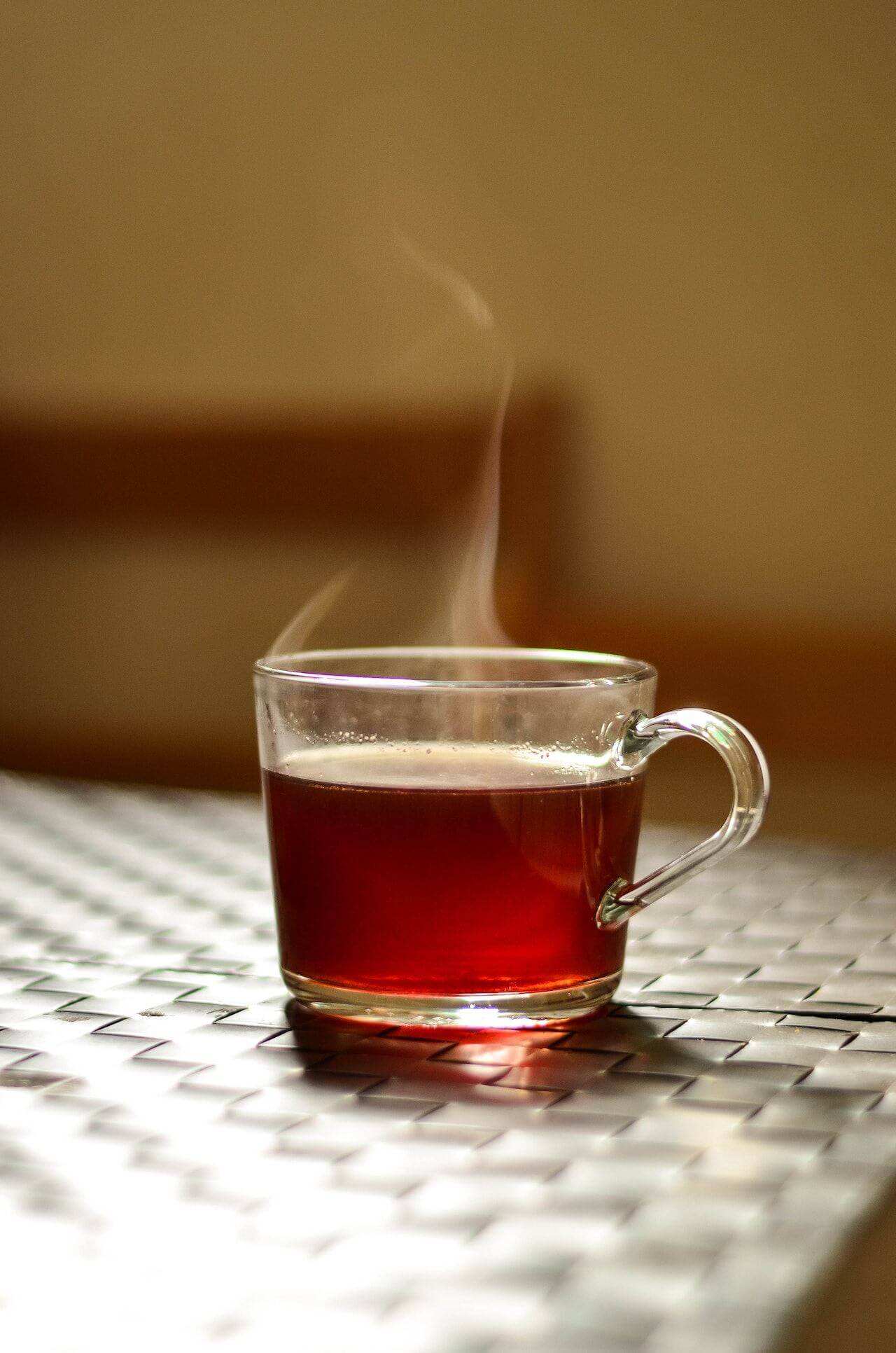
.jpg)

